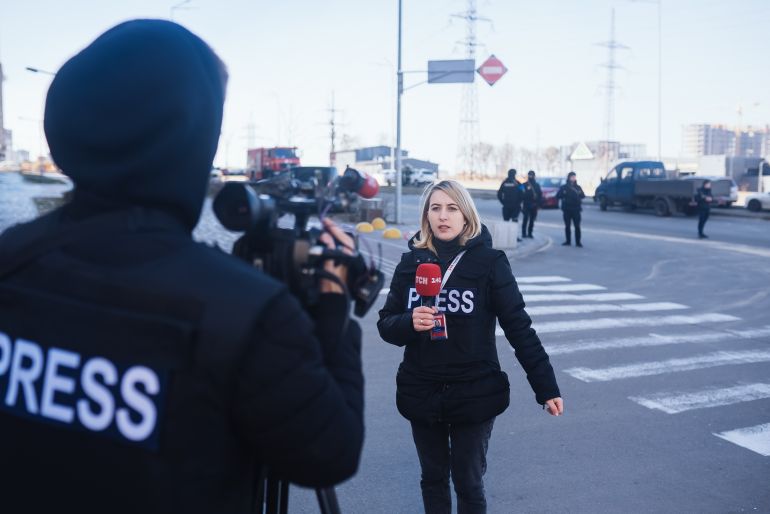According to the UNESCO, nearly three-quarters of women journalists surveyed have experienced online violence. The rise of generative artificial intelligence is amplifying the threat, turning digital harassment into real-world danger and threatening not only individual reporters but the freedom of journalism itself.
The scale of the problem
A global survey commissioned by UNESCO and the International Center for Journalists (ICFJ) found that around 73 % of women journalists reported having endured some form of online violence.
Alarmingly, one in four (about 25 %) said they had been threatened with physical violence or death.
In specific country data: in Ukraine, 81 % of women journalists surveyed reported online abuse—including defamation, sexual harassment and threats to family members—that often escalated into offline harassment.
Similarly, in Zimbabwe, 63 % of women journalists said they had experienced user-generated online threats such as hate speech and image-based abuse.
How generative AI is intensifying the threat
UNESCO warns that the advent of sophisticated generative AI — such as deepfake video creation, impersonation, doxxing and large-scale coordinated harassment — has increased the reach and effectiveness of online violence against women in journalism.
One cited example: when an AI-generated fake video of a female journalist circulates, it attacks not only her image but her professional credibility, personal safety and public voice.
The problem is particularly urgent because digital threats often migrate into the physical world. UNESCO’s research found that 14 % of women journalists surveyed had been subjected to offline physical violence linked to online harassment.

Why this matters — the wider implications
The targeting of women journalists is not just a personal ordeal—it has far-reaching consequences for press freedom, diversity of voices and society’s right to information. As UNESCO notes:
“When a deepfake of a woman journalist goes viral, it’s not just her image that is attacked – it is her credibility, safety, and voice.”
Additionally, the impact of online harassment goes beyond immediate threats. The chilling effect means some women journalists retreat from public engagement, self-censor or leave journalism altogether.
The combination of misogyny, disinformation and technological abuse undermines democratic discourse and weakens accountability.
Calls to action: What needs to change
In a statement marking the International Day to End Impunity for Crimes against Journalists (2 November), UNESCO urged urgent action to combat AI-facilitated gender-based violence, strengthen protections for women in media and ensure safe digital and physical environments.
Key recommendations include:
- Holding perpetrators, platforms and media-employers accountable for online abuse.
- Adopting gender-sensitive safety policies within newsroom.
- Training women journalists in digital safety, monitoring and response.
- Regulating misuse of AI tools (such as deepfakes) that are used to harass and silence.
Final word
The fact that three out of four women journalists face online violence—and a significant number see that abuse turn into physical threats—demands urgent attention. The rise of AI has made the problem more complex and more dangerous. Protecting the voices of women in the media is not optional. It is essential if free, fair and diverse journalism is to survive in the digital era.
From: UNESCO


![Article 12 – Visual[84].jpg](https://en.jahanbanou.ir/wp-content/uploads/2025/11/Article-12-Visual84.jpg-1170x612.webp)